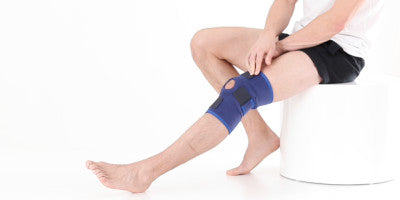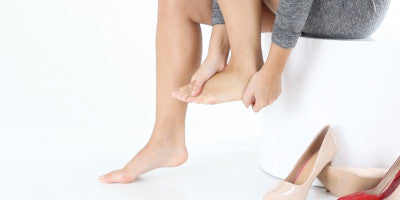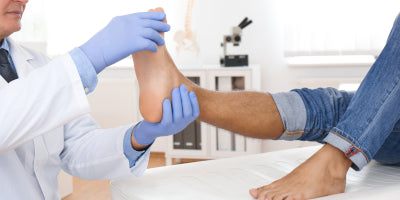Knee Injury Guide
|
|
|||||
|---|---|---|---|---|---|---|
|
PAIN
|
SWELLING
|
STIFFNESS
|
WEAKNESS
|
INSTABILITY
|
LOCKING
|
|
 |
 |
 |
 |
 |
Knee Osteoarthritis | |
 |
 |
 |
 |
 |
Anterior Cruciate Ligament (ACL) Injuries | |
 |
 |
 |
Post ACL Reconstruction | |||
 |
 |
 |
 |
Medial Collateral Ligament (MCL) Injuries | ||
 |
 |
 |
 |
 |
Torn Cartilage in the Knee (Meniscal Tear) | |
Knee Osteoarthritis
What is Knee Osteoarthritis? Osteoarthritis of the knee is a very common condition. The main symptoms of osteoarthritis are pain, swelling and stiffness in the knee. These symptoms can come on gradually over time and are caused by wear and tear changes occurring in the cartilage that lines the knee joint. The cartilage gradually wears away leaving bone rubbing against bone and can lead the knee to become extremely sore and sometimes deformed.
Read more →Anterior Cruciate Ligament (ACL) Injuries
What are ACL Injuries? The Anterior Cruciate Ligament lies deep within the knee and is one of the main stabilising structures of the knee. It attaches between the femur and tibia and stops these 2 bones moving too much between each other. Injuries to this ligament are quite common and are most often caused by twisting on a fixed knee. When this happens the knee will give way and usually swell up immediately (Haemarthrosis).
Read more →Post ACL Reconstruction
What is Post ACL Reconstruction? If your knee is unstable and painful following a ACL injury your consultant may recommend you have a ACL reconstruction. This is an operation that involves using a substitute graft to replace your torn ligament. Most commonly consultants use part of your hamstring tendon but sometimes they may use some of your patella tendon to replace the torn ACL. The operation usually lasts approximately 2 hours and is done as a keyhole procedure. Most patients only have to stay in hospital for the day so they do not have to stay overnight.
Read more →Medial Collateral Ligament (MCL) Injuries
What are MCL Injuries? The Medial Collateral Ligament (MCL) is very thick and broad ligament that runs across the inside of your knee attaching the femur (thigh bone) to the tibia (shin bone). It is normally very stable and stops the knee from collapsing inwards. This ligament is injured when people are hit on the outside of the knee normally when skiing or playing sport. Following an injury to the MCL the knee will be extremely painful and you may not be able to walk on the leg or be able to move the knee.
Read more →Torn Cartilage In The Knee (Meniscal Tear)
What is Torn Cartilage in the Knee (Meniscal Tear)? There are 2 menisci in the knee joint – the medial and the lateral. The menisci have many functions to perform in the knee. They improve the stability of the knee, act as shock absorbers and help lubricate the knee joint. The medial meniscus is a lot larger and rigid compared to the lateral meniscus and take a lot of the compressive force that is applied through the knee when walking and running. The lateral meniscus absorbs a lot of the rotational forces that go through the knee.
Read more →


















